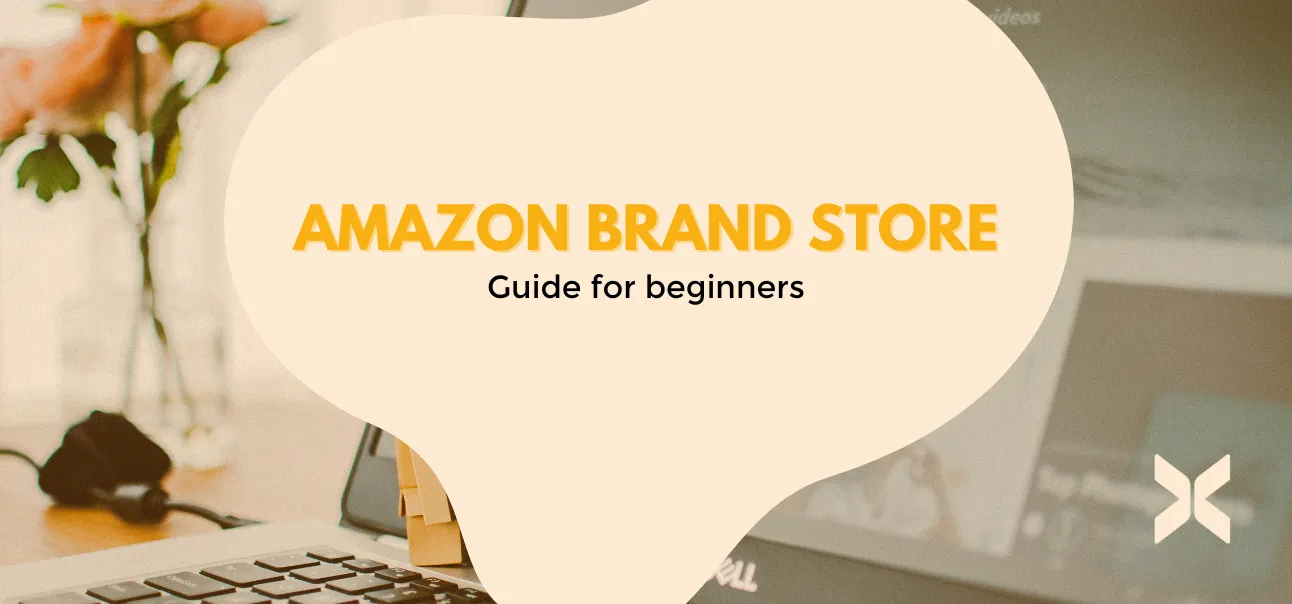Seller vs. Vendor – Which Amazon Model Suits You Best?


Welcome to the Amazon jungle! You want to sell your products on Amazon but don’t know where to start? We’ll guide you through the basic first steps to selling on Amazon.
What do I need to sell products on Amazon?
Before you start selling, first ask yourself this question: Which Amazon program suits you? There are, in fact, two different sales models on Amazon. Amazon Seller or Amazon Vendor.
We will clarify the difference between Seller and Vendor, and the advantages and disadvantages of Seller and Vendor in the following lines.
Tabelle1
In a Nutshell – What is an Amazon Seller?
In simple terms: An Amazon Seller is a merchant who uses the Amazon marketplace to distribute their products. They act as a third-party seller and sell their own products and merchandise through their own seller account.
Amazon Seller Central for product management and control
Amazon Sellers manage their products via the Amazon Seller Central. This is the official user interface and the backend of Amazon for merchants. It displays all important KPIs, as well as stock levels, item details and orders.
Product portfolios and sales prices can be edited there, and advertising campaigns can be set up and managed directly in Amazon Seller Central. If the merchant has registered their brand with Amazon, they also have sovereignty over the product design and features such as A+ Content (extended product description), Brand Store (brand shop on Amazon) and the advertising format “Sponsored Brands” are available.
Pros and Cons of the Amazon Seller Program
Tabelle 2
Sellers on Amazon generally have much more control: As Sellers merely use the Amazon marketplace as a distribution channel, they are accordingly free in their overall design. They sell products directly to the end customer via the Amazon marketplace and set their own prices. Sellers also design the product portfolio and advertisements according to their own taste. The direct contact with the end customer is also advantageous.
However, there are also disadvantages to the Amazon Seller Program. Since Sellers can act very independently, they also have a high effort and a higher risk accordingly. Unsurprisingly, consumers are more likely to buy products from brands they already know or that have many positive reviews than no-name products with few reviews. Such products accordingly also have a lower sales potential than products where Amazon itself stands as the seller. Therefore, customer trust must be built from scratch. To perform well, Amazon Sellers have an enormous amount of work, especially at the beginning.
Amazon FBA and Amazon FBM – What is the exact difference?
The Seller Program differentiates between the models Amazon FBA (abbreviation for “Fulfillment by Amazon”) and Amazon FBM (abbreviation for “Fulfillment by Merchant”), i.e. self-shipping.
In the Amazon FBM model, it is crucial that the Seller is not only responsible for the sales price, the textual and graphical design of the product, but also for the shipping to the end customer, as well as possible returns or customer support. Amazon is used merely as a sales platform. Both the administrative and operational business remain entirely in the hands of the Seller.
In the Amazon FBA model, on the other hand, Amazon relieves the Seller of a little work for a fee: Storage, packaging and shipping are handled by Amazon employees in this model. However, the products remain the property of the Seller until the time of sale to the end customer. The fact that the goods are in Amazon’s warehouses is irrelevant. Amazon Sellers still have full control over price and product design, as well as advertising strategy.
By the way: For the end customer, it is visible whether a product is shipped by the dealer themselves or by Amazon. If the product is sold by Amazon, this is noted in the ‘Buybox’ (shopping cart field). If the product is sold by the dealer, instead of Amazon, the brand name “Sold by xxxxx” appears.
In a Nutshell – What is the Amazon Vendor Program?
Using the Amazon Vendor Program is only possible if you are explicitly invited to do so by Amazon. Typically, only promising third-party sellers, such as large companies and well-known brands, are invited to the Vendor Program. Here, they sell their products in large quantities to Amazon and Amazon then takes over the sale to the end customer.
Since the goods are then owned by Amazon, the online giant also independently takes care of the pricing, the sale, and the shipping of the goods. From the point at which a Vendor has sold their goods to Amazon, the further sales process is entirely in the hands of Amazon.
Amazon Vendor Central for product management and control
Vendors manage their products via Amazon’s Vendor Central, which is similar in structure to Seller Central, but often appears very outdated. The end customer recognizes that a product is sold in the Amazon Vendor Program when it says “Sold and Shipped by Amazon” in the Buy Box.
Tabelle 3
A huge advantage from a customer’s perspective is – as already mentioned – when Amazon itself represents the seller. There is high customer trust, as the label “Sold and Shipped by Amazon” automatically represents a major vote of confidence and a purchase is quickly made. For Vendors, this specifically means: If Amazon acts as a seller, the findability of products is improved, more sales are generated and therefore a high sales volume is achieved.
On the other hand, it should be clear that Vendors have little control as this is handed over to Amazon. Vendors no longer act as merchants, but as suppliers of goods and are therefore heavily dependent on Amazon. Amazon has full power over product portfolio, price setting and stock levels – the Vendor can only make suggestions for changes instead of changes. Vendors are not really flexible and negotiations with Amazon can be difficult and time-consuming.
Vendor or Seller: Which program is better?
As nice as a perfect recipe for success would be, there isn’t one. Both programs have advantages and disadvantages, so it cannot be said that one program is more recommendable than the other. Anyone who wants to sell on Amazon has to weigh up individually for their company which program is better suited.
It should of course not be overlooked that not everyone is allowed or able to sell as a Vendor on Amazon. And those who once sell as a Vendor on Amazon cannot easily switch back to the Seller Program.
One thing is for sure: If Amazon gives Sellers the chance to become a Vendor, one should consider the decision carefully.

Global expansion on Amazon with AMA-X
.webp)
64% (7-digit) growth per year
.webp)
600+ SKUs
.webp)
Expands into 6 target markets

Brand development with AMA-X Foundation & Growth
.webp)
102.6% revenue growth & 134.2% profit growth
.webp)
TaCoS 4.26% (share of advertising costs)
.webp)
17.77% conversion rate

.webp)







